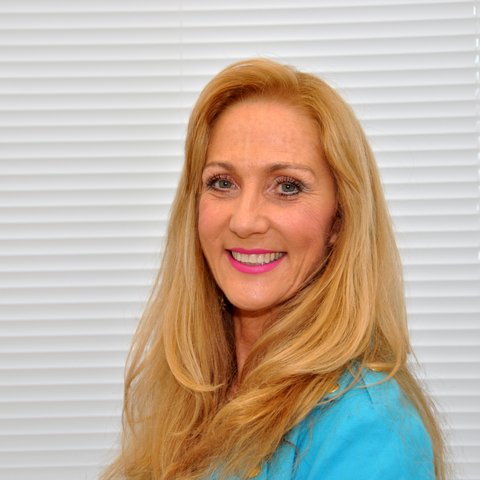Ather Bios Clinic – Bridgefords’s Best Bites
Anatomy:
 The spine typically has 24 vertebrae; 7 neck, 12 thoracic and 5 lumbar. The vertebrae turn on facet joints, arched wing-like structures that stick out either side of the rear part of the vertebrae. They stop the vertebrae from bending and twisting too far and protect the spinal cord, the vital network of nerves running through the centre of each vertebra.
The spine typically has 24 vertebrae; 7 neck, 12 thoracic and 5 lumbar. The vertebrae turn on facet joints, arched wing-like structures that stick out either side of the rear part of the vertebrae. They stop the vertebrae from bending and twisting too far and protect the spinal cord, the vital network of nerves running through the centre of each vertebra.
Nerves exit the spine from the either side of spaces between two vertebral bodies, separated by an intervertebral disc. The sciatic nerve is the longest nerve in the body, going from the pelvis, through the buttocks, down the legs to the feet.
Intervertebral discs, complex fibro-cartilaginous structures that act as shock absorbers for daily activities separate the vertebrae. They are about 2.5cm in diameter and 5mm thick with a tough, fibrous outer membrane called the annulus fibrous, an elastic core inside called the nucleus pulposus and a cartilaginous endplate. The cells of these structures change as we age; starting as gel, fluid filled sacs in children and hardening to become less elastic and more prone to injury and degeneration with ageing producing pathological symptoms such as back pain and sciatica.
Symptoms:
Patients with chronic low back pain and sciatica, experience pain, burning, tingling or numbness radiating down their leg or foot due to compression or irritation of the lumbar nerve root. Pain is often worse when sitting and shooting pain can make it difficult to stand up; there can be pain in the buttock and weakness in the leg or foot. The reasons for this compression can be many and varied and the pain can be debilitating. Urgent medical attention is needed where there is loss of bladder or bowel control or progressive weakness in the lower limb.
Causes:
Spinal disc problems such as degeneration, herniation (the disc swells and bulges pressing on nerves) , prolapse (herniation of the nucleus pulposus) can be extremely painful and often need medical treatment. Stenosis, narrowing of the spinal canal from osteoarthritis, spondylolisthesis, a condition where one vertebra slips forward over another and corda equina all need medical attention. Rare causes can be cysts, epidural veins and tumours, but often there is no obvious cause.
Less serious causes can relate to myofascial imbalances, muscle spasms, nerve root irritation, inflammation and postural / biomechanical changes, such as those in pregnancy.
Diagnosis:
Thorough neurological and orthopaedic evaluation is needed; X-rays, MRI and CT scans as well as nerve conduction tests can confirm diagnosis. Medical history is taken, reflexes are tested and examination of back, hips, legs for strength and flexibility.
Treatment:
Medical interventions include anti-inflammatory pain medication, epidural steroid injections, nerve blocks and surgery.
Studies are conflicting about which type of disc surgery is preferred, best timing of surgery and long term outcomes; your doctor will advise you based on a full diagnosis.
Management:
Studies are conflicting regarding preferred management. Manipulative therapy showed useful for back pain though not always for sciatica. Targeted exercise and stretching can be helpful; bed rest is not helpful and staying active and strong is important in the long term; though debilitating pain of acute sciatica can make it difficult to exercise. Acupuncture dry needling to specific muscles helped as did targeted deep soft tissue massage.
Risk factors: Modifiable risk factors included smoking, obesity, occupational factors and health status. Non-modifiable factors included age, gender and social class.
We are happy to advise you on your health matters and offer a free 15 minute spinal check, without obligation.
 Lin Bridgeford DO KFRP FSCC ICAK (UK) MSc
Lin Bridgeford DO KFRP FSCC ICAK (UK) MSc
Registered Osteopath & Kinesiologist & Yoga Teacher
Aether Bios Clinic – Saltdean
Tel: 01273 309557
Mobile: 07710 227038
